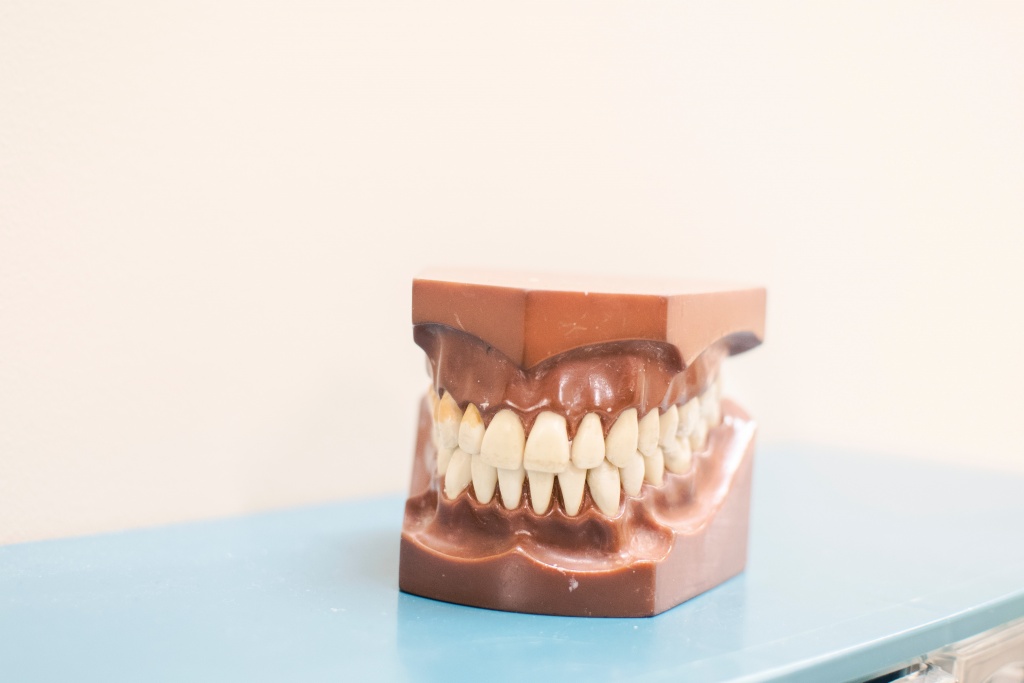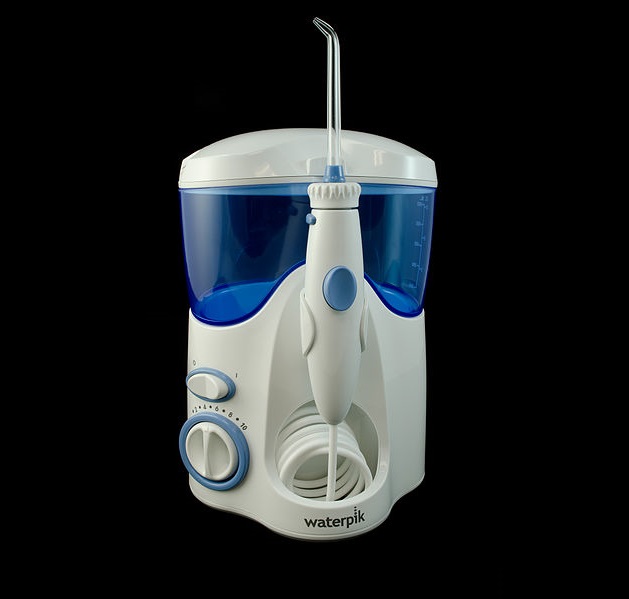Maintaining proper oral hygiene to some means brushing your teeth twice a day and visiting the dentist regularly. If this routine is familiar to you, a nagging dentist may also be

What Are Water Flossers?
Dentists have started using water flossers as an alternative to scraping plaque from the crevices of smiles. Flossers are actually handheld devices that spray a steady, high-pressure stream of water that removes food and plaque from between the teeth. Due to their popularity, consumers are now buying flossers for use at home. In recent years, the quality of the at-home devices has improved immensely, meaning that more and more people are ditching traditional dental floss in favor of water to improve their dental hygiene.
To begin using them, first fill the water reservoir with warm water. After you return the water tank to its base, select the tip and connect it to the handle. Next, prime the pump by aiming it into the sink and turning the pressure to the highest setting. The machines generally come with several settings that alter the pressure or speed of the water stream. After you have finished checking the pressure, turn the machine off and prepare it for use. By turning it down to the lowest setting, you can test which pressure suits you best. Also, be sure to lean over the sink, so that the water doesn’t end up on the floor. Start with your molars by aiming the water at the gum line and go over the front and backside of your teeth. Once you’ve gone over all areas, brush your teeth to wash away anything that the flosser loosened up.
Pros
If you aren’t fond of traditional flossing, water picking can be easier to handle, especially when trying to reach teeth in the back of the mouth. It doesn’t require the same level of dexterity as normal flossing and can be especially useful for people who have disabilities. Not only does the pressure clean out plaque buildup, but it also massages the gums, which can help in the prevention of gingivitis. The adjustable strengths of the water stream allow it to be gentle enough to clean around dental restorations and implants, as well as sensitive gums. It’s also convenient for people with braces or dental bridges because it can easily floss around the additional hardware. If you’re looking to reduce your carbon footprint along with improving your oral health, using water instead of floss will also reduce your disposable waste.
Cons

As a whole, water flossing is not meant for everyone. Even though the device itself is handheld, the rest of the mechanics are attached and aren’t easy to carry. Because the water is fed to the spout through a refillable tank attached to the hose, it tends to be bulky and takes up a decent amount of sink space. As a result, it’s a bit more difficult to travel with than traditional floss. Furthermore, the machine also requires maintenance, such as cleaning and refilling the water tank and replacing the batteries. At anywhere from $20-120 depending on the complexity of the machine, a water flosser is also a more expensive way to maintain oral hygiene than a container of floss.
A Pathway to Improved Dental Health
Nevertheless, in the same way that people switched from manual toothbrushes to electric, people are finding that the water flossers work harder, so you don’t have to. With improved dental cleaning capabilities, a reduced carbon footprint, and a dentist’s seal of approval, this new-age gadget offers another pathway to improved dental health.




